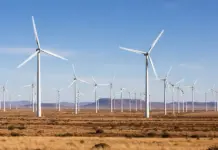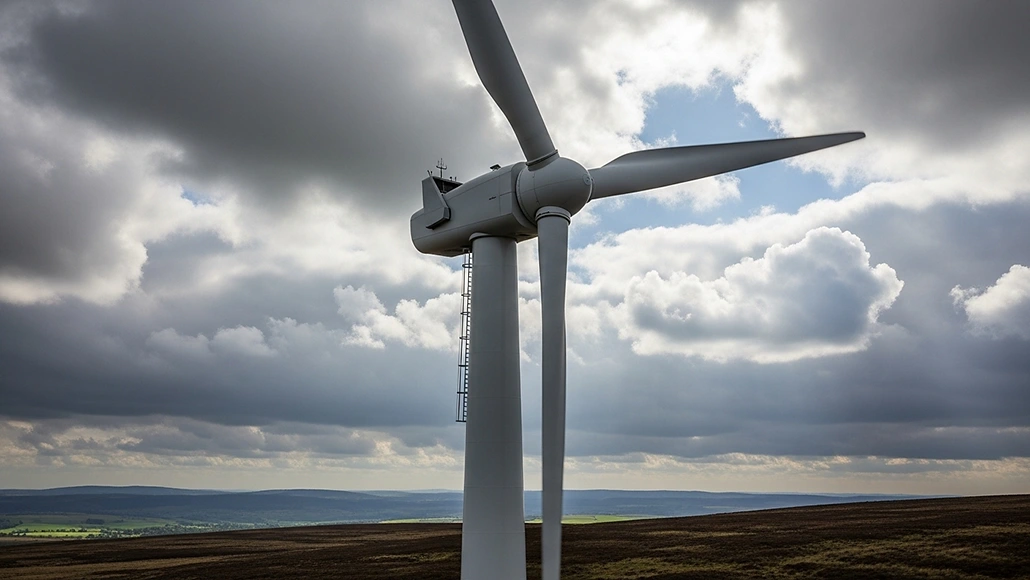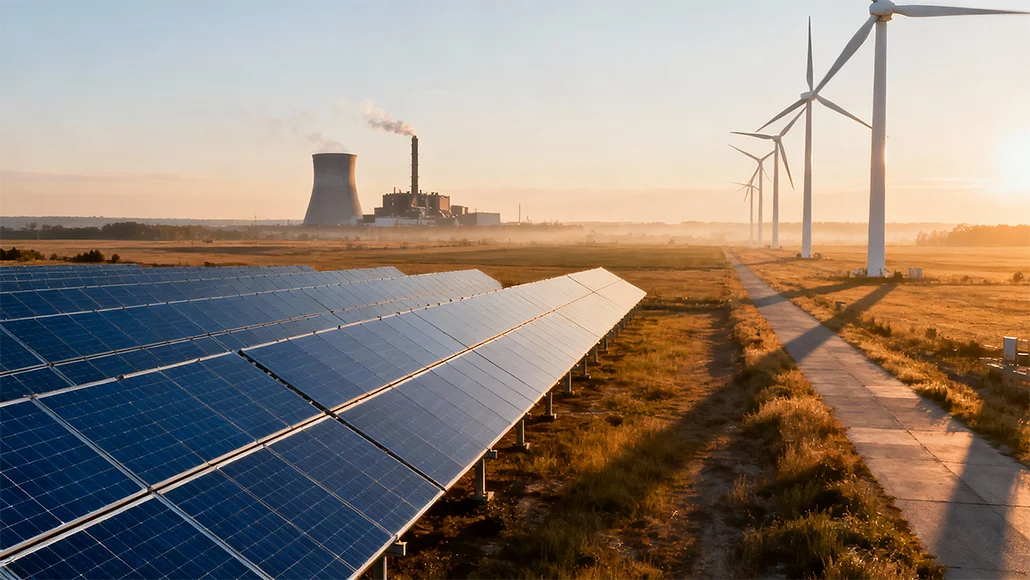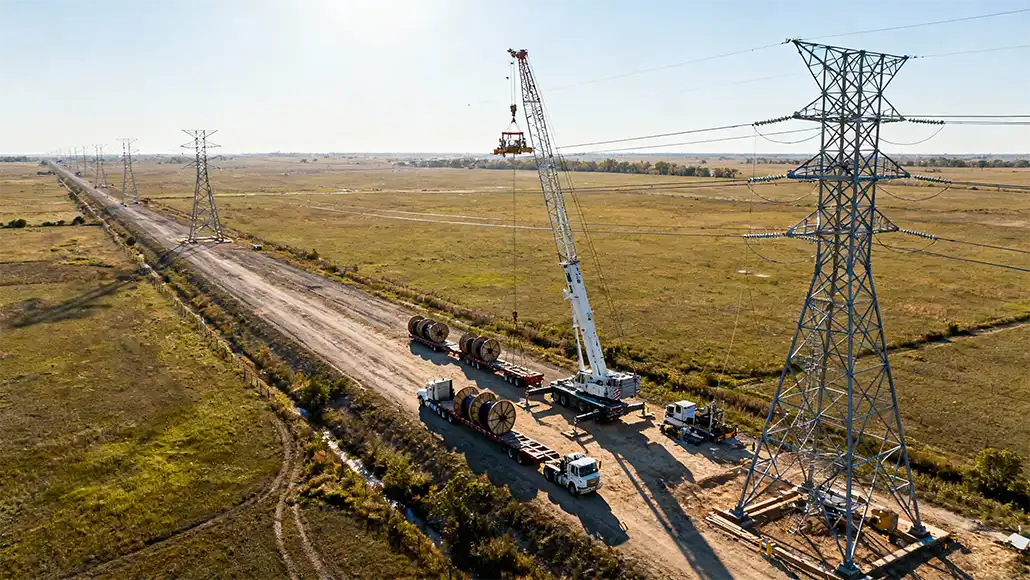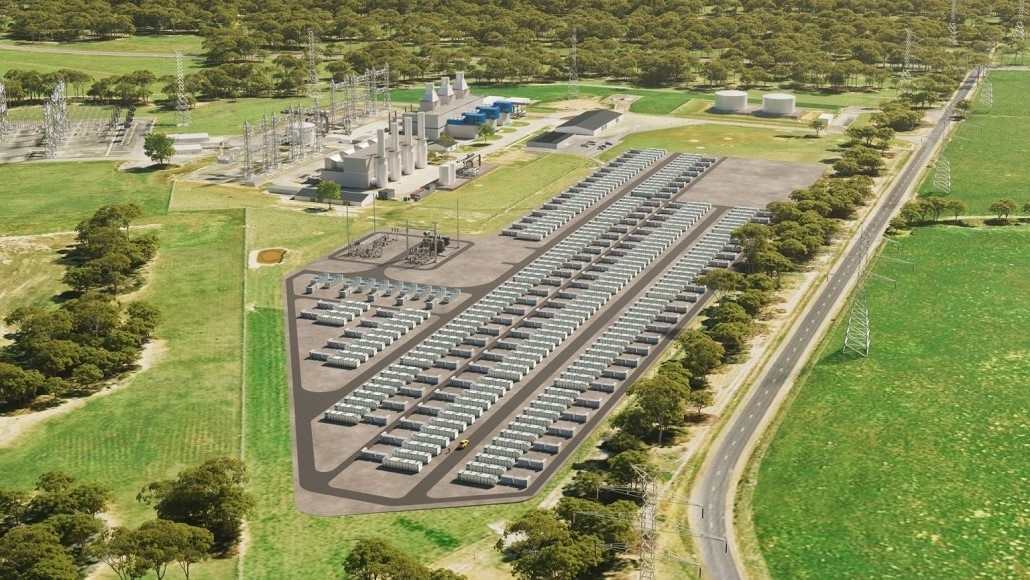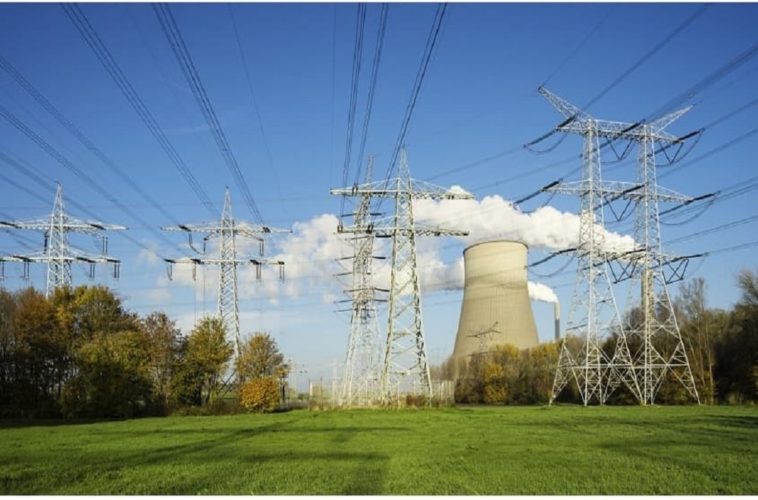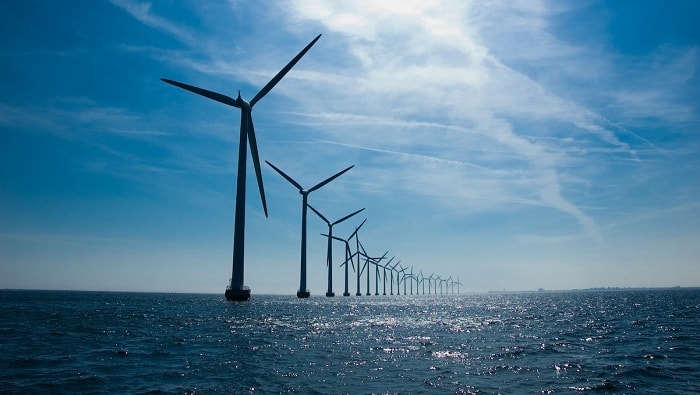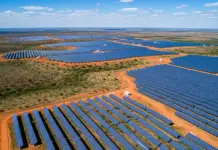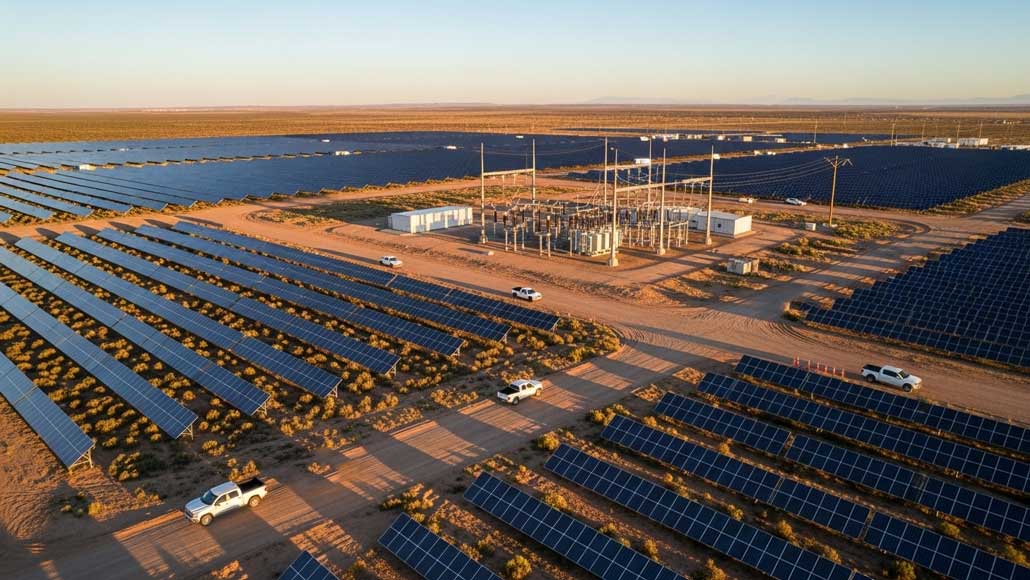In June 2025, solar alone comprised over 80% of the new projects when it comes to capacity, therefore marking the 22nd straight month that it led all sources.
The report from The Sun Day Campaign underscores the strength when it comes to the renewable pipeline at a time when the federal policy is actually turning against it.
It is well to be noted that the data happens to cover January through May 2025, right before the passage of the One Big Beautiful Bill Act, which was Republican-backed and stripped away the renewable energy tax credits that had been offered in the past as per the Inflation Reduction Act (IRA).
Apparently, the time period covered by the research came before the Trump administration went on to issue non-stop work orders pertaining to many wind projects.
Interestingly, the new Treasury Department guidance could also further restrict the renewable progress.
According to the senior vice president of communications for the Solar Energy Industries Association, Stephanie Bosh, in spite of the Trump administration putting its thumb on the scale in order to slow down solar, the American people happen to be demanding low-cost power that’s dependable, and the fact is that solar is stepping up in order to meet that demand every single day.
The surge in solar and wind power
In June 2025, 63 solar projects that totalled 2,439 megawatts (MW) came online, with over 81% of all new generating capacity.
In the first six months of 2025, solar went on to contribute 14,567 MW, or almost three-quarters of the total, whereas wind added 3,139 MW. Natural gas additions comprised only 1,727 MW.
Put together, solar as well as wind now account for almost one-fourth of US utility-scale generating capacity. The share of solar is 11.3%, whereas that of wind accounts for 11.8%. It is worth noting that with hydropower, biomass, and geothermal, renewables in the US now account for more than 32% of the total.
Apparently, small-scale solar, which hasn’t been counted in the data from FERC, would go on to bring the renewables almost closer to one-third.
Solar is on the right track to go beyond coal
FERC goes on to project the net high probability solar additions of over 92,000 MW between July 2025 and June 2028, along with 23,000 MW when it comes to wind. In contrast, natural gas is estimated to add less than 9,000 MW, whereas coal and oil capacity would continue to dip.
Notably, if all these additions materialize, solar is all set to go beyond coal when it comes to installed capacity by the end of 2026 and hence become the second-largest US power source after natural gas. In three years, renewables in the US are indeed on pace to go beyond 40% of the overall operational electricity generation capacity of the country.
Market share losses for fossil fuels
Since 2024, the share of natural gas generating capacity has dipped from 43.3% to 42.3%. Coal has dropped from almost 15.8% to 14.8%, whereas oil as well as nuclear have also lost significant amounts of holding.
Solar, on the other hand, has grown from 9% to 11.3%, whereas wind has edged up to almost 12%.
As per the executive director of the Sun Day Campaign, Ken Bossong, notwithstanding the hostility that has been shown towards solar and wind by the Trump Administration as well as its Republican supporters in Congress, both technologies are moving at full throttle.


